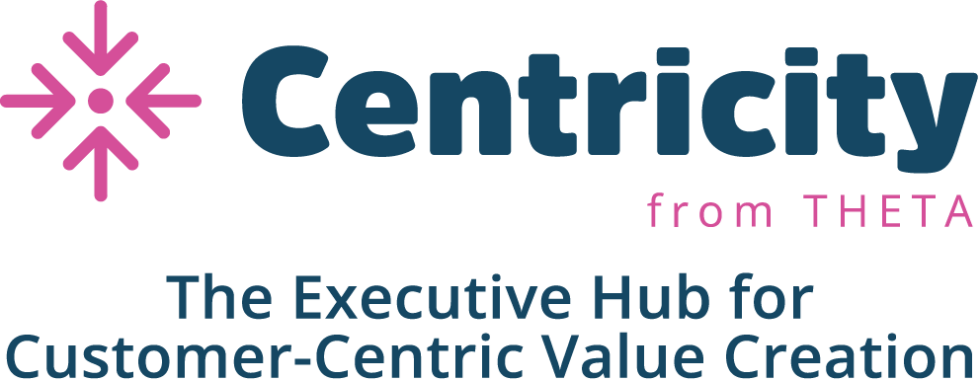Taking CLV to the Bank
To survive and thrive in a modern economy, business leaders must start thinking of their customers as assets that provide a quantifiable value; the same way you would think about financial or physical resources.

This requires a change of mindset across the board but can be done with some work. Because lending businesses have a sound understanding of the repayment profile (and risk) of their loan portfolios, they are able to capitalize their loans as assets and borrow against them. In theory, it should be no different for customers at customer-based businesses. But as is the case at lending businesses, it will require sound measurement of customer value and recognition from company executives on down that customers are valuable assets, even if they aren’t formally on the balance sheet yet.
Customers are assets. Period. We could end our blog right here. Let’s not get caught up in accounting rules – let’s face facts.
So, why should you push the marketing department (and other functional areas) to use CLV-based measures to guide and evaluate their tactical decisions?
Provide great clarity of economic value
Unlike branding and other hard-to-measure quantities that some companies report, we can directly measure the economic value created by every customer individually. This removes any uncertainty with other measures that often exist, making it much easier to get these customer-related metrics onto company financial statements and into the minds of investors and CFOs.
Measuring CLV in absolute financial terms
Our ability to measure the expected lifetime value of customers in dollars and cents is well-established. While it’s okay to have some form of customer scoring system, there’s no need to stop there. We can go all the way to measuring the value of customers in absolute financial terms, not simply relative rank ordering.
Measure campaign success based on changes in CLV
CLV (Customer Lifetime Value) provides finance and accounting departments with a valuable, apples-to-apples, tool for measuring the success (or failure) of different types of marketing initiatives. For instance, instead of measuring a promotional campaign based on the number of units sold during a time period, it can (and should) be measured by the changes in CLV over the course of the campaign for the customers exposed to it.
Securitize your CLV
CLV can be securitized in the same way companies do with loans and other recurring cash flows. Some companies (e.g., Pipe) are already doing this with subscription payments and then going a step further to create a marketplace in which bundles of customers’ projected subscription revenues can be bought and sold (a common practice with mortgages). So, why stop with subscriptions? Customers of retailers, travel/hospitality firms, etc., are just as “securitizable”. Furthermore, the customer base, as a collection of assets, can be sliced in many ways, providing flexibility to both companies and banks. For example, you can securitize your steadiest customers (who, for example, might have a lower discount rate than other customers) and sell their projected revenues separately from the rest.
Speak the same language
Banks themselves are starting to use CLV for their own internal and external purposes. So we’re not only taking CLV to the bank, but it’s great to see so many banks taking to CLV. Of course, this is true for many types of businesses, but it’s an earnest endorsement when banks start to use this approach themselves.
Looking ahead
As the modern economy changes, so must business leaders. The way we view our customers is changing, and it’s time to take CLV seriously. It’s time to stop thinking of customers as expenses and start seeing them as assets that provide a quantifiable value you can, quite literally in the example of pipe.com, take to the bank. As business leaders learn to think of their customers as assets, they will also start thinking about how CLV can help them take their company’s finances to the next level. This is the future of business, so if you’re not taking CLV seriously yet, it’s time to do something about it!
